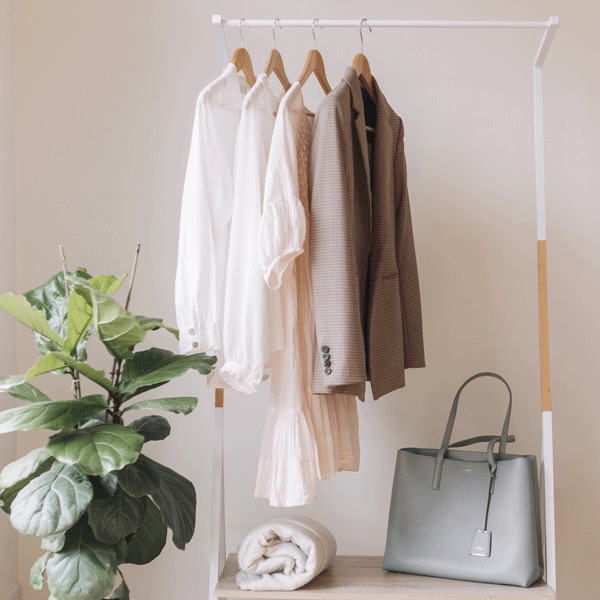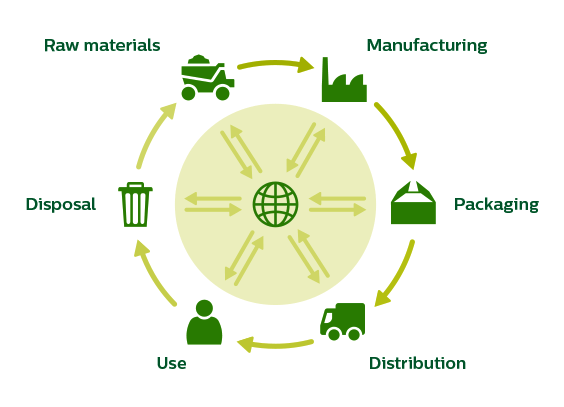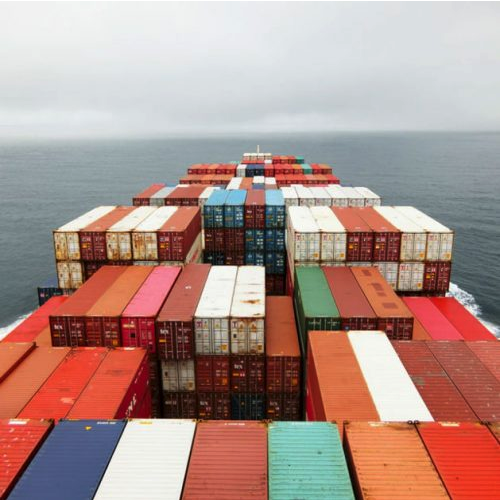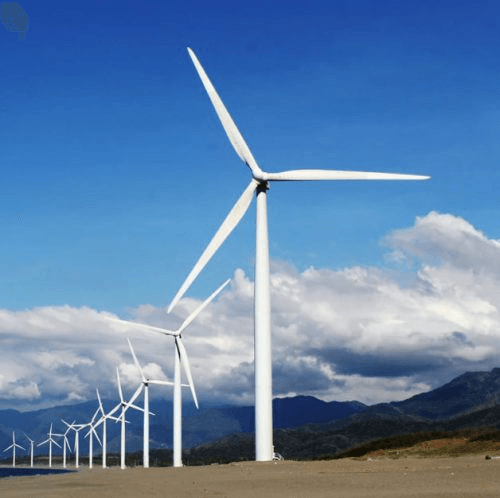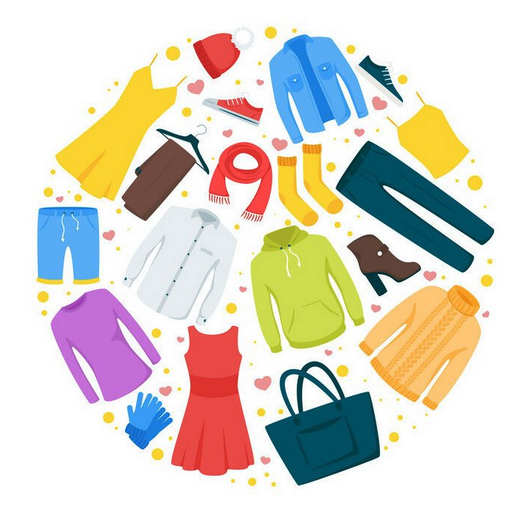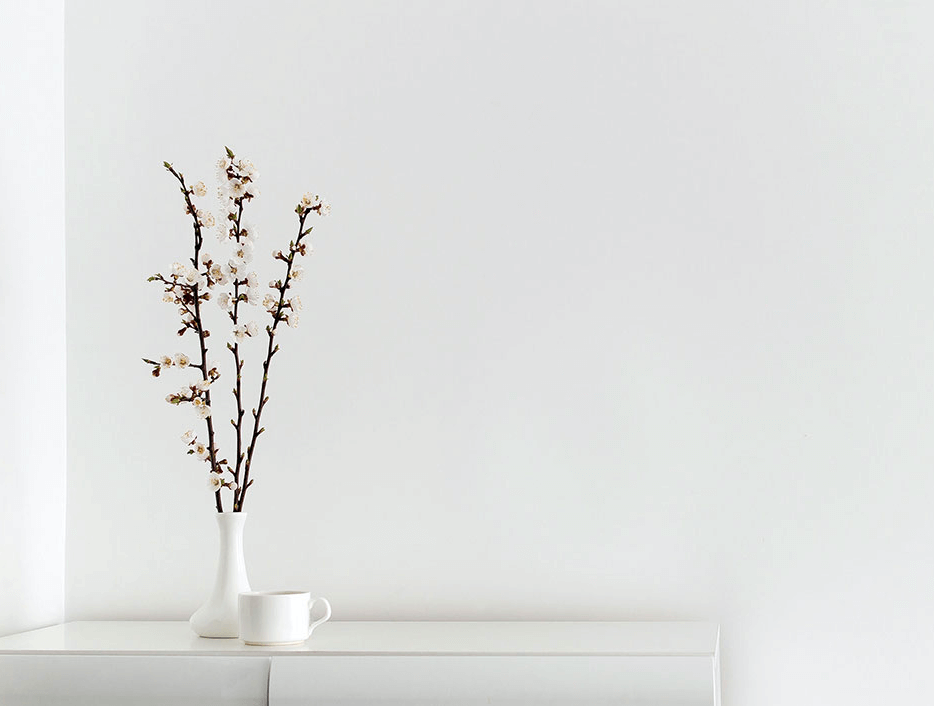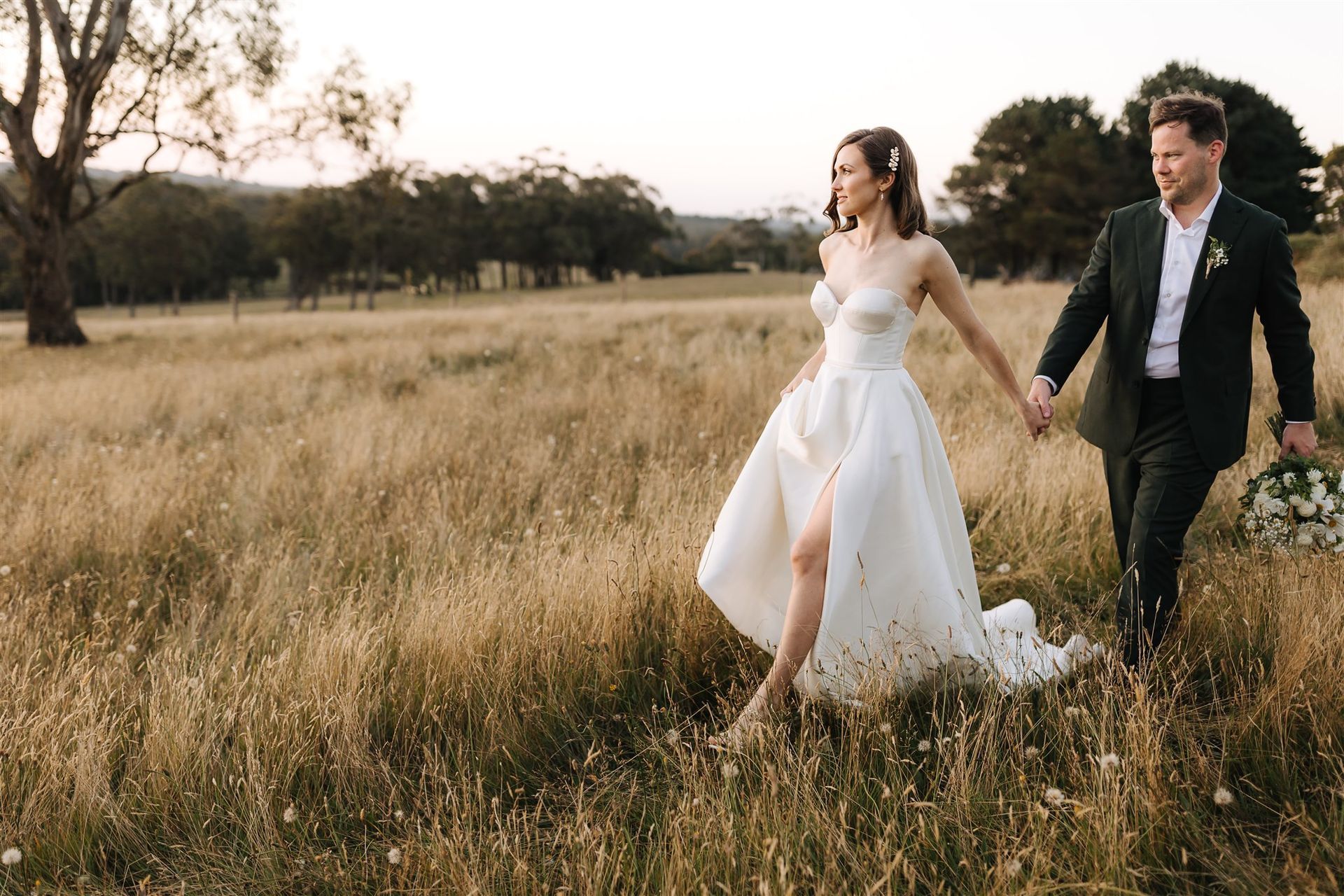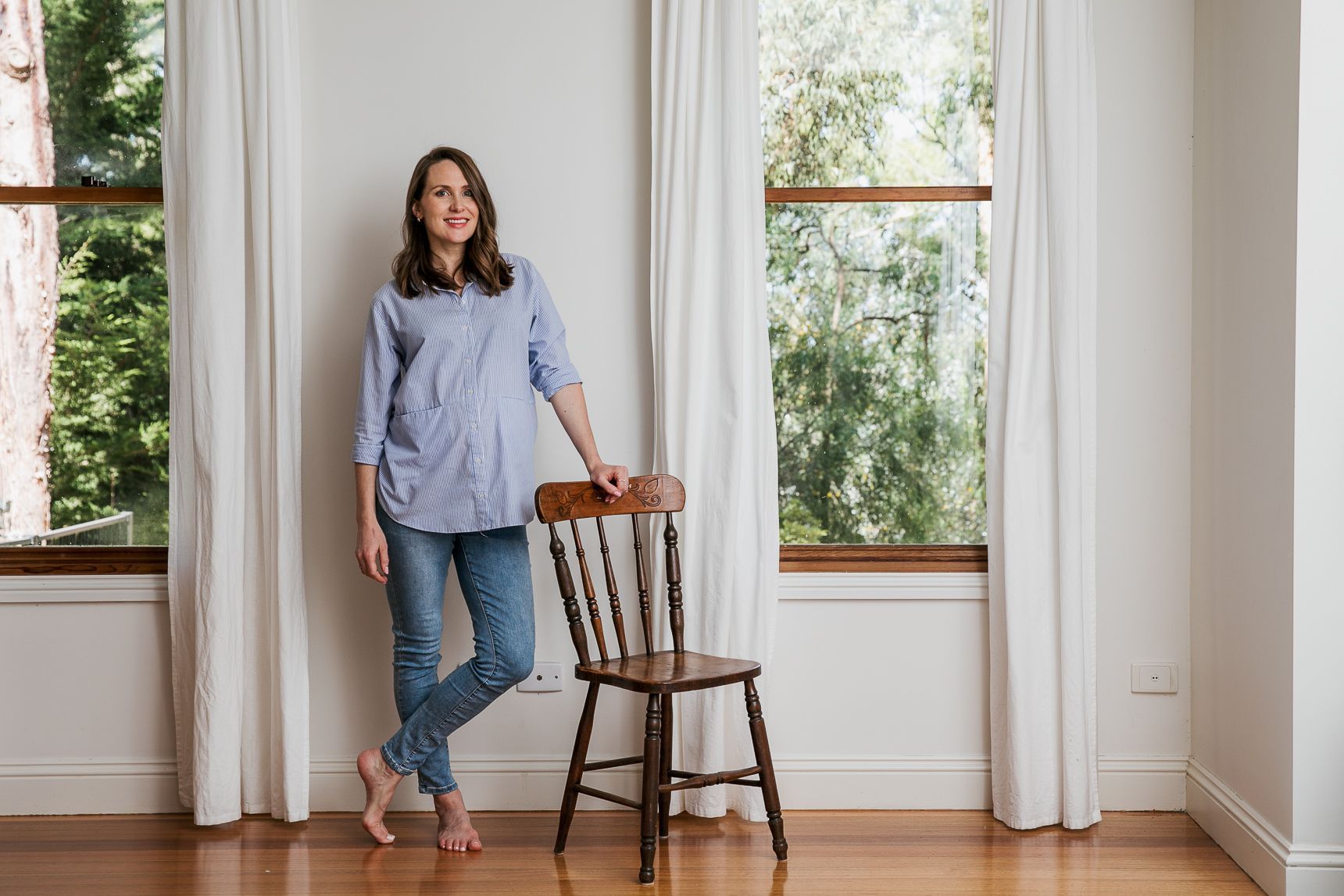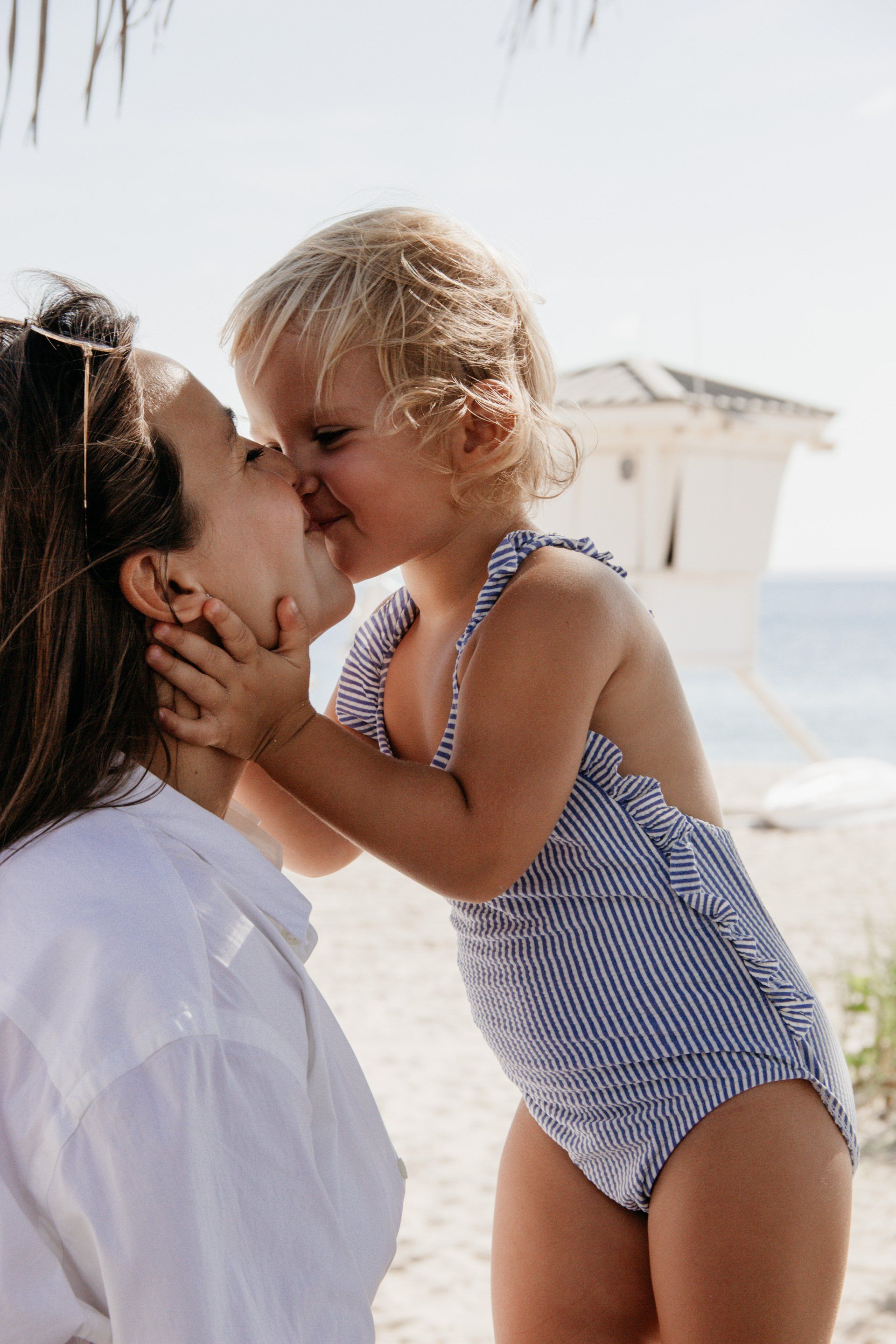How were the materials sourced? Was large-scale deforestation necessary for their production? (Palm oil, I’m looking at you). Or was the item made using low impact materials like hemp?
How To Be A Conscious Consumer
Okay, so we know over-consuming is bad for the environment and adding to climate change. We know that, globally, we are consuming at a much higher rate than ever before and that this isn’t sustainable. Many of us want to lower our carbon footprint , buy responsibly, and contribute towards preserving our natural resources. But how can we change our own behaviour and do the right thing without sacrificing the lifestyles we enjoy?
I consider myself a mindful consumer. But honestly, it has taken me years to get here. So today, I’m going to share with you a way of thinking that has really helped me to curve my purchasing and reduced my carbon footprint.
First, I think of products as having a lifecycle , with three distinct stages:
Stage 1: Production
Stage 2: Use
Stage 3: Disposal
We have broken the product lifecycle into three simple stages.
Second, and before making any purchase, I consider not just the environmental impacts, but the social impacts (the benefit or detriment to the community) and the economic impacts (or who will benefit from my purchase) that occur at each stage of this lifecycle.
Sound complicated? I promise it isn’t! Read on, and I’ll walk you through it.
Stage 1. PRODUCTION
Whether you’re browsing online, or in store, take a good look at the item and ask yourself ‘how did this get here?’ The answer will tell you a lot about the sustainability of the product. Things to consider:
Raw Materials
Packing and distribution
Purchasing
Sometimes it’s hard to know the real answer to these questions, but a good rule of thumb is: if the product is sustainable, it will tell you. It will be advertised as Fairtrade or locally made, it will highlight a percentage of profits that go back to the community, and it will be made with recycled materials. If you can’t see any of that information on the packaging or in the product description, try and opt for an alternative.
In short, if the product doesn’t say anything about being made sustainably, then chances are it wasn’t.
Stage 2: USE
Does the thing I am buying have multiple uses?
Always try and opt for things that can multitask. For example, will you be able to wear that shirt with multiple outfits? Or will it only go with that specific pair of trousers?
How long will it last?
Will that piece of furniture you’re eyeing last 5-10 years? Or is it likely to end up in landfill within 18 months?
How long am I planning to use it for?
Is the purchase a quick fix like a plastic water bottle you will use two or three times then throw out, or is it a reusable bottle you can use for months or years?
What happens if it breaks?
Something I hear often these days is ‘it isn’t worth fixing’. Indeed, the sad reality is, often it’s cheaper to buy a new replacement product than get the old one fixed. Try and opt for products that are less likely to break (bonus: you’ll save a lot of money in the long run!), but also consider if replacement parts are available.
Stage 3: DISPOSAL
What will happen to the item once I no longer need it? Most people don’t think about an item’s ‘after life’ when they’re standing at the checkout. We normally consider this down the track when we are trying to work out how to get rid of it. Try and challenge your thinking, flip your view and consider this before you buy.
Donations:
Once I no longer need the new thing, can it really be donated? Be honest. We know that for the most part, only high quality products resell second hand. Fast fashion doesn’t, and often places more burden on charity shops.
Waste:
Are the materials recyclable, like a tin can, or cardboard? Can its parts be recycled once it no longer works?
Hand me down:
Will the new purchase be in good enough condition to pass on to someone else eventually? Or is it so on trend that in two years time, nobody will want to wear it?
So there you have it! I know it can be hard to shift your way of thinking, and in my experience, it definitely didn’t happen overnight. But I believe that small, but mindful changes to your thinking here and there will, over time, lead to a shift in the way you consume that just feels natural. Give it a go, you’ll be a conscious consumer before you know it!
Ready to take the next step and make your home more sustainable?
Click here to book a one-on-one session with Sally, and sign up to our newsletter for all our updates, tips and tricks delivered straight to your inbox.

